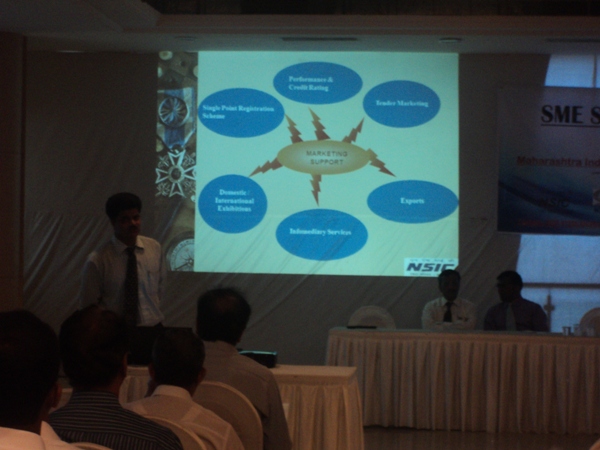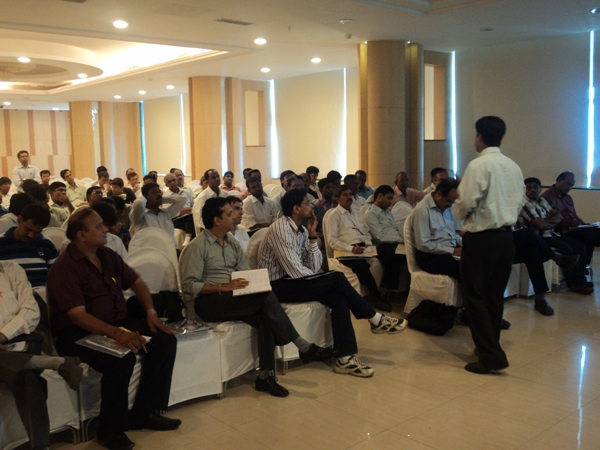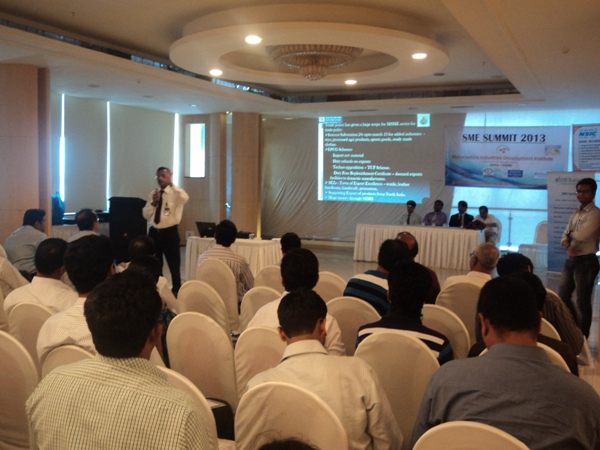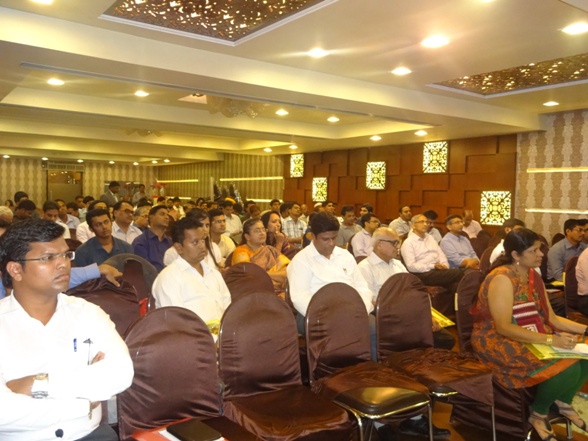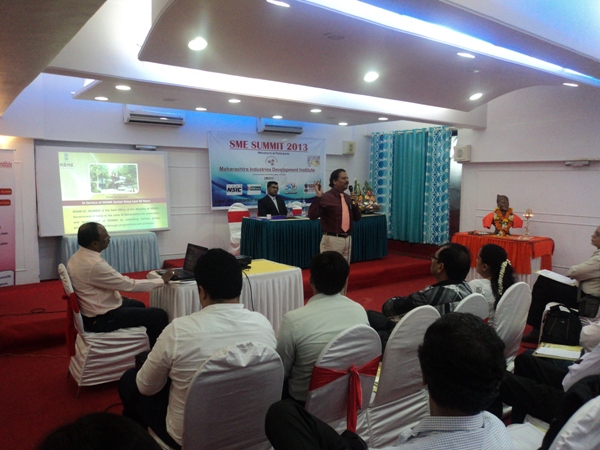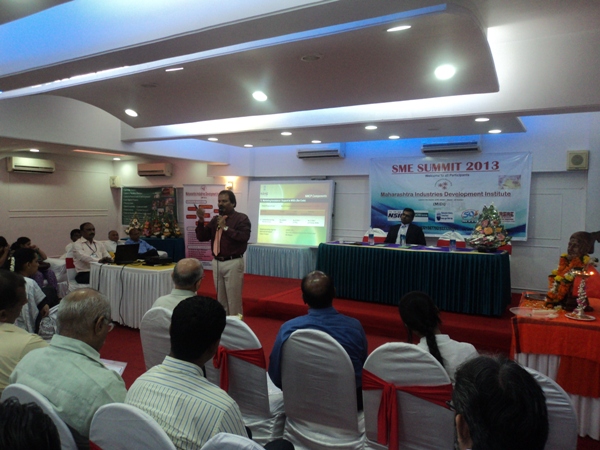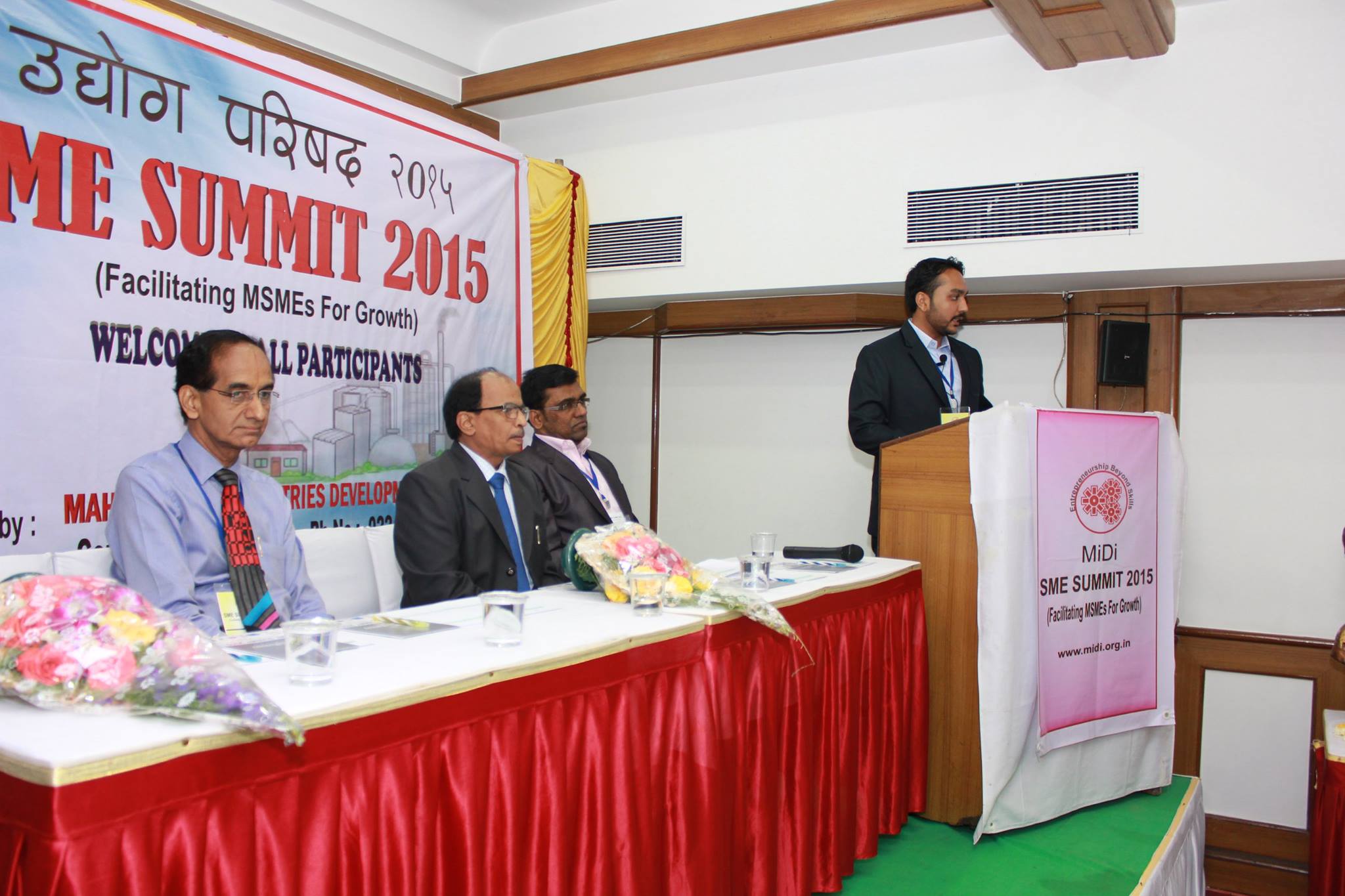Our Activities

Banking & Finance
MiDi is financial service provider explicitly committed to improving access to finance for sustainable MSMEs. The
Read More...

Skill Development Training
MiDi works to strengthen entrepreneurial skills through capacity
Read More...

Authorised Training Center
MiDi offer franchising to individuals & NGO’s to organize conduct Vocational
Read More...

Corporate Social Responsibility
MiDi offers its services to Corporate Business for implementation of CSR
Read More...
SME SUMMIT
The SME SUMMIT is an initiative of MiDi in association and partnership with Major Banks,NSIC,MSME Govt. of India and state level institutes to support the entrepreneur from Micro,Small and Medium Enterprises as well as for Potential Entrepreneurs.The Objective behind organizing such summit is to create a platform for SMEs to solve their issues related to Growth.SME SUMMIT provides opportunity for interaction among policy Makers, Bankers, SME experts, Entrepreneurs and their executives
For More Information Click HereSchemes

MSME Schemes

Food & Agro

NEWS






